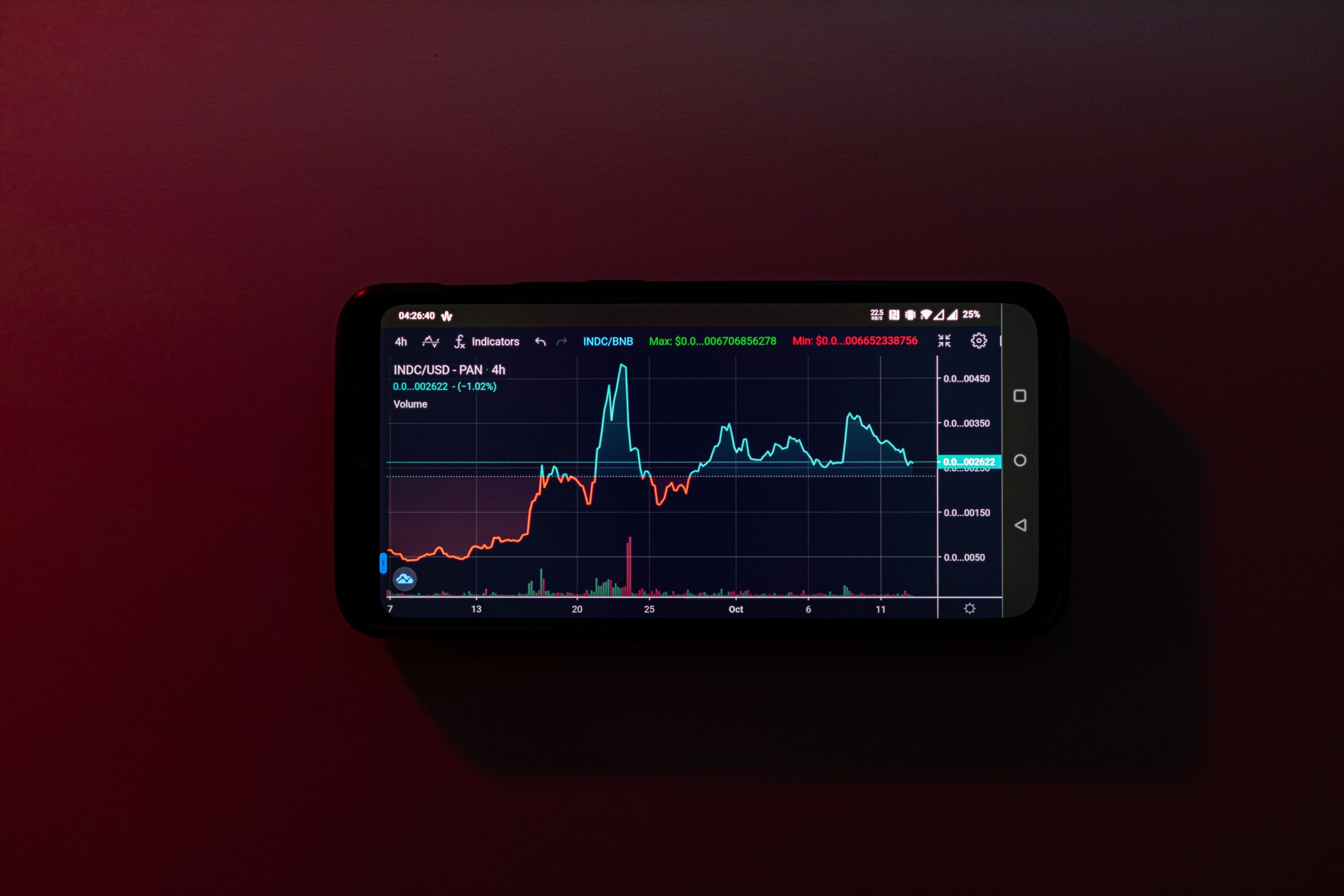Discover the transformative power of the EOS blockchain, a cutting-edge platform designed to revolutionize decentralized applications. With its unique Delegated Proof of Stake (DPoS) consensus mechanism, exceptional scalability solutions, zero transaction fees, and innovative governance model, EOS sets a new standard in blockchain technology. Dive into the features that make EOS a game-changer in the digital world. Engage just follow this link to link up with educational experts, refining your strategy and understanding of platforms like the EOS blockchain.
Consensus Mechanism: Delegated Proof of Stake (DPoS)
Delegated Proof of Stake (DPoS) is the heartbeat of EOS. This mechanism hinges on stakeholders voting for a select number of delegates, known as block producers. These producers are responsible for validating transactions and creating new blocks. The voting system is continuous, ensuring that only the most reliable and trusted block producers maintain their positions. This approach enhances the network’s security and efficiency by concentrating decision-making power into the hands of those elected by the community.
In contrast to the energy-intensive Proof of Work (PoW) used by Bitcoin, DPoS is much more energy-efficient. This efficiency stems from its design, which eliminates the need for all nodes to solve complex mathematical problems. Instead, a smaller group of elected producers manages block creation, reducing the computational load and energy consumption. The result is a system that can handle a higher number of transactions per second, addressing scalability issues faced by earlier blockchains.
Scalability Solutions: Meeting High Performance Demands
Scalability is a critical challenge for blockchain technology, and EOS tackles it head-on. One of the standout features of EOS is its ability to process thousands of transactions per second (TPS). This capability is achieved through several innovative solutions. Firstly, EOS uses parallel processing, allowing multiple transactions to be processed simultaneously. This is akin to adding more lanes to a highway, enabling more cars to travel at the same time without congestion.
Secondly, EOS employs horizontal scalability. This means that the network can expand its capacity by adding more nodes. It’s similar to expanding a restaurant by adding more tables, ensuring that more customers can be served at peak times. This approach ensures that the network can grow in response to increased demand, maintaining high performance even as the number of users and transactions grows.
Furthermore, EOS’s architecture supports the separation of read and write operations. By distinguishing between these two types of operations, EOS can optimize each one separately, enhancing overall efficiency. This method is like having dedicated lanes for buses and cars, ensuring smooth traffic flow for both.
Zero Transaction Fees: Redefining Cost Structures in Blockchain
EOS stands out with its zero transaction fees, a feature that redefines cost structures in blockchain technology. Traditional blockchains often require users to pay fees for every transaction, which can accumulate quickly, especially for frequent users or small transactions. EOS eliminates these fees by adopting a resource-based model, where users allocate network resources like RAM, CPU, and bandwidth.
In this model, holding EOS tokens grants access to these resources. It’s like having a membership card that provides free entry to an amusement park—you enjoy the rides without worrying about individual costs. This approach not only makes transactions cost-free but also encourages greater adoption and usage of the network. Users and developers alike can interact with the blockchain without the constant concern of accruing fees.
Additionally, this fee structure fosters a more inclusive environment. Small developers and startups, often deterred by high transaction fees on other blockchains, find EOS more accessible. They can deploy and run their applications without the financial burden, leveling the playing field and encouraging innovation. It’s like opening up a fair where everyone, regardless of their financial status, can set up a stall and showcase their goods.

Governance Model: Decentralized Decision-Making in Action
The governance model of EOS exemplifies decentralized decision-making. At its core, EOS employs a delegated voting system where token holders vote for block producers who govern the network. This system ensures that those who are elected reflect the community’s interests. It’s similar to a democratic election, where citizens vote for representatives who will make decisions on their behalf.
This model fosters transparency and accountability. Block producers are incentivized to act in the network’s best interests because they can be voted out if they fail to do so. This accountability is akin to a public servant whose performance is under constant scrutiny by the electorate. Consequently, block producers are motivated to maintain high standards of operation and security.
Moreover, the on-chain governance mechanism allows for quick and efficient decision-making. Proposals for changes or upgrades to the network can be submitted, voted on, and implemented without the lengthy processes that plague traditional governance systems. This agility is crucial in the fast-paced world of blockchain technology, where rapid adaptation is often necessary.
Another key aspect is community involvement. EOS encourages participation from all stakeholders, ensuring that a diverse range of voices is heard. This inclusivity helps in making balanced and well-informed decisions. Imagine a town hall meeting where everyone has a say, leading to decisions that benefit the whole community.

Conclusion
EOS blockchain redefines the possibilities of decentralized technology. Its DPoS mechanism, high scalability, zero transaction fees, and transparent governance model create a robust and user-friendly ecosystem. Embrace the future of blockchain with EOS, where efficiency, accessibility, and community-driven decision-making lead the way. Explore how EOS is not just meeting but exceeding the demands of the digital age.

